Antoni Gaudí is known for his creative and eclectic architecture and design. He created seven buildings and/or sites in and around Barcelona in the late 19th century and early 20th century. Gaudí designed sculptures, decorative arts and gardens. His most famous work is the Sagrada Família in the city centre of Barcelona Spain. Other famous and admired works are Casa Battló, Casa Mila and Park Güell. In this article I give a short summary of the life of Gaudi and tell you a bit about Gaudi’s architecture in Barcelona.
Table of Contents
The life of Antoni Gaudí
Gaudí is born in Reus in 1852 and son of a coppersmith. From a young age he is helping his father at his workplace. Gaudí spends a lot of time walking around in nature to cure the pain in his joints. He is a keen observer of the flora and fauna around him. In 1869 he arrives in Barcelona where his brother is studying medicine. Gaudí is preparing for his admission to the architecture course. His father sells his property to pay for the education of his sons. He moves in with his sons in Barcelona.
Study of architecture
Gaudí starts his architecture course in 1873 at the Escola Provincial d’Arquitectura. In 1875 he fulfils his military service. To help paying for his studies Gaudí works as draftsman for architect Josep Fontseré. He is the first architect designing public parks in Barcelona. In 1878 Gaudí receives his diploma.
After graduation he has several assignments. One of these assignments is from the textile merchant Esteve Comella. Gaudí designs a display case for the World Expo in Paris. This leads to other assignments. Gaudí’s first designs are street lantarns, a cast iron kiosk, cottages and workplaces for the Cooperative La Obrera Mataronense.

Gaudí’s architecture in Barcelona
In 1883 Gaudí is appointed head architect of the Sagrada Família. Two years later he finishes his first drawings of the Sagrada Família. In 1887 Gaudí builds himself a house at the construction site of the Sagrada Família. The house serves as his office.
Count Güell asks Gaudí to make a design for Parc Güell in Barcelona in 1900. A few years later he starts rebuilding Casa Batlló. In 1906 he buys a house at Parc Güell and he moves in with his father and his niece Rosita. The classrooms of the Sagrada Família are constructed in 1909. Gaudí cancels all current projects in 1914 in order to devote himself entirely to the construction of the Sagrada Família. In 1925 he moves in, in his house on the construction site of the Sagrada Família. Gaudí dies in 1926 after being hit by a tram.
Sagrada Família
The Sagrada Família is an unfinished Roman Catholic cathedral. He revised the design made by his predecessor architect Francesc de Paula Villar gradually and cautiously. He could not change the layout and position of the floorplan because of the advanced construction of the crypt. Gaudí designed architectural elements of patron saints and men of his time in the guise of biblical figures. He added other natural elements of the Catalan flora and fauna. Gaudí transformed the project with architectural elements of gothic and art nouveau. He devoted the last years of his life constructing the Sagrada Família. Antoni Gaudí is buried in the crypt of the Sagrada Família.
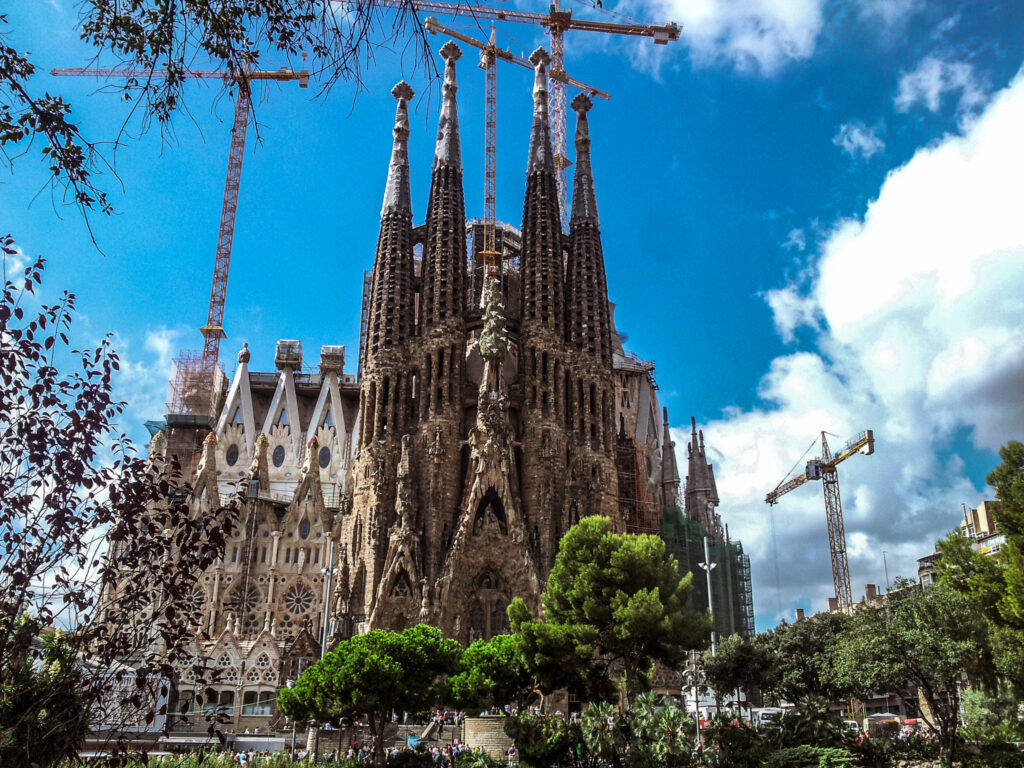
The construction of the cathedral was a slow process and entirely depending on private donations. During the Spanish Civil War revolutionaries started a fire in the crypt of the cathedral. They also destroyed some of Gaudí’s original plans, drawings and plaster models. It took 16 years to rebuild the model. Along with six other buildings in Barcelona, Sagrada Família is listed as UNESCO World Heritage site.
Casa Battló
Casa Battló is a redesign of an existing building. The redesign was done by Gaudí and it’s considered one his materpieces. The design can be identified as modernistic or art nouveau. The architectural elements of Casa Battló are an unique mix of irregular oval windows, flowing sculpted stone work and colourful mosaic of ceramic tiles. The roof has a shape of the back of a dragon or dinosaur. The local name for Casa Battló is Casa dels ossor, or in English, House of Bones.
The façade has three distinct sections. The central section is reflecting a lake with water lilies and gentle ripples with reflections caused by the mosaic and glass pieces. Gaudí was not only inspired by natural elements but also by oriental arts from India, Persia and Japan.

Casa Mila
Casa Mila is a modernistic building in Barcelona in Spain. It was Gaudí’s last residential project. The project was commissioned by Roser Segimón and Pere Mila. Roser was a wealthy widow. Her first husband was a former colonist who returned from south-America. He had made his fortune with coffee plantations in Guatemala.
Gaudí was a Catholic and a devotee to the Virgin Mary. He wanted to construct spiritual symbols and elements in the architectural plans. Gaudí’s original plans were not fully implemented. The local government gave the order to destroy certain elements that were exceeding the standard heights of the cities planning code. The government gave fines to the Milas for not adhering the city’s planning codes. Gaudí’s architecture in Barcelona is popular because of it’s exceptional form and design.
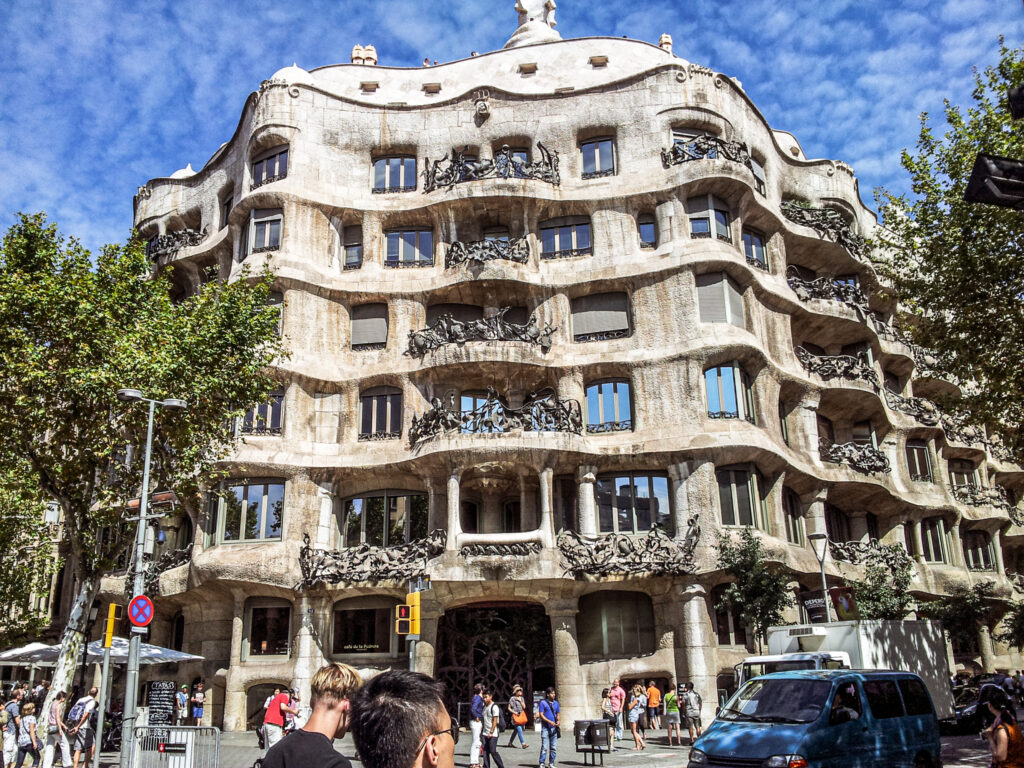
Park Güell
Park Güell is a public park at Carmel Hill in Barcelona. The park is built between 1900 and 1914 and officially opened in 1926. Today it is listed as UNESCO World Heritage Site. Gaudí perfected his personal style and he was inspired by organic natural shapes. He started with elements of the baroque and added his own ornamental designs. The park used to be a part of a commercial housing project. The idea came from Count Eusebi Güell and he was inspired by the British garden city movement. The housing project was not a success and Park Güell was converted into a public garden. The entrance to the park is free but an entrance fee is asked when visiting the Monumental Zone.
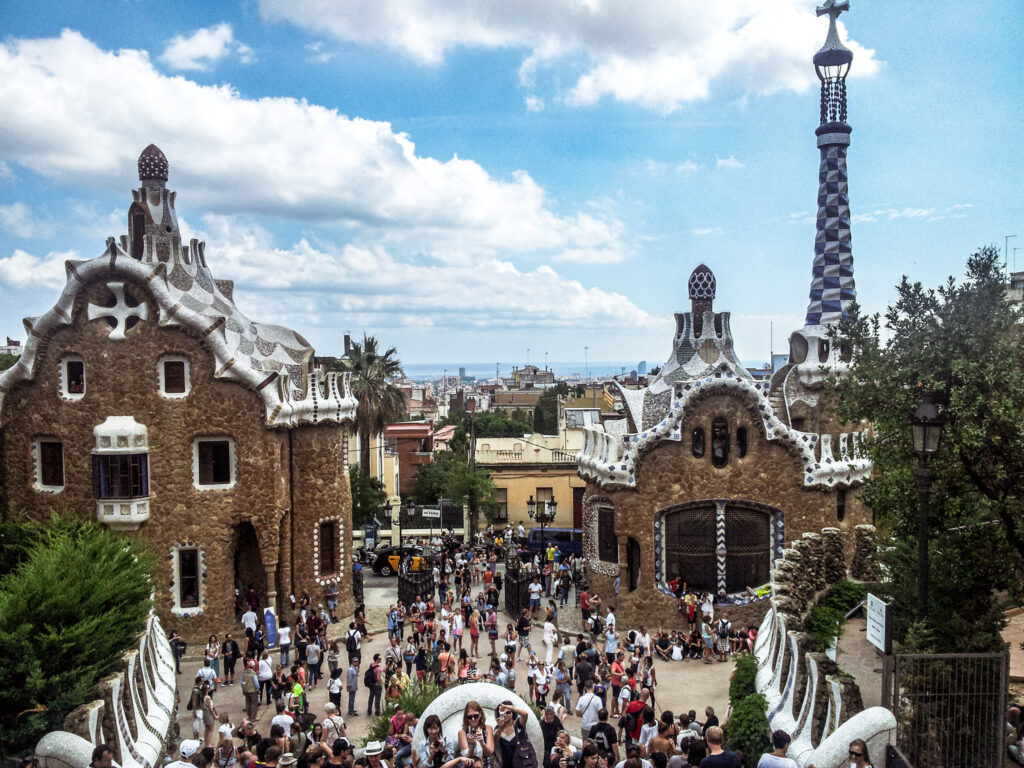
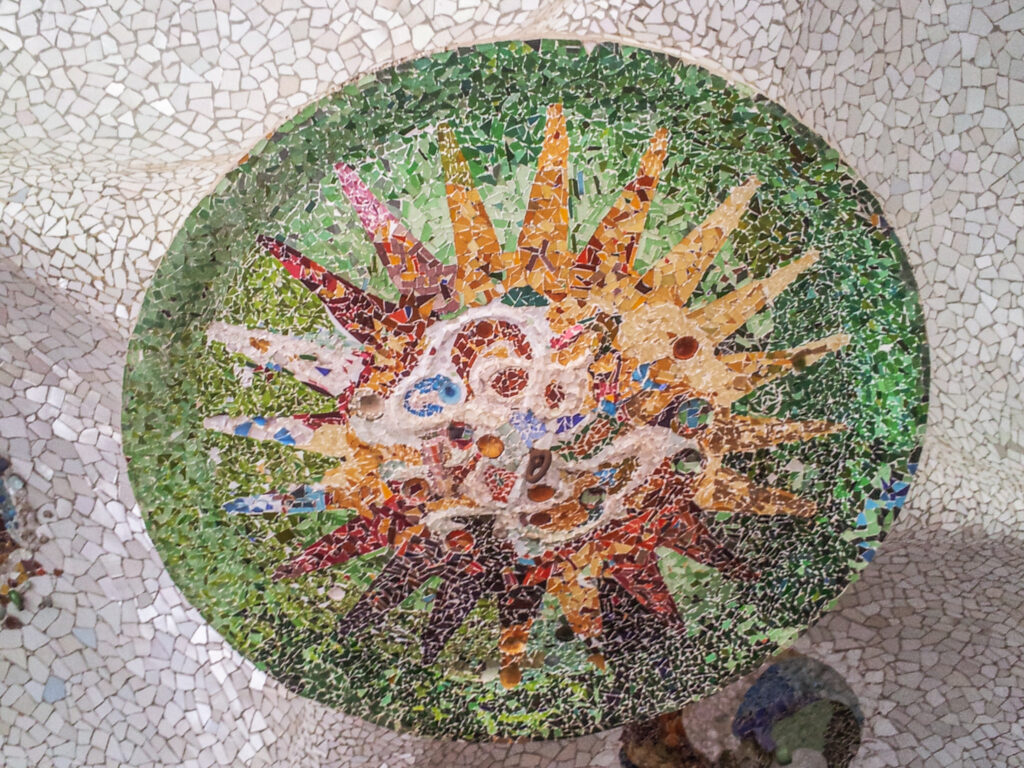
The view from park Güell of Barcelona is amazing. The park is designed with many mosaic elements. The central terrace is supported by Doric columns inspired by the ancient greek design. The terrace is a serpentine formed seating area round the edges. The benches have an unique shape so people can talk privately. If there are not too many tourists around that is.
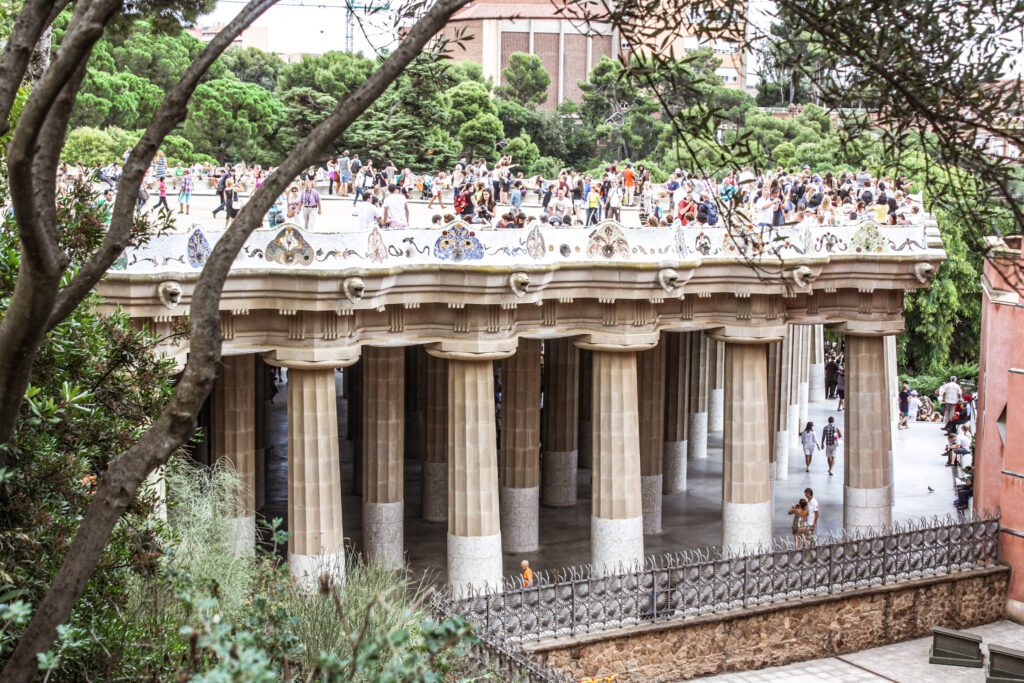
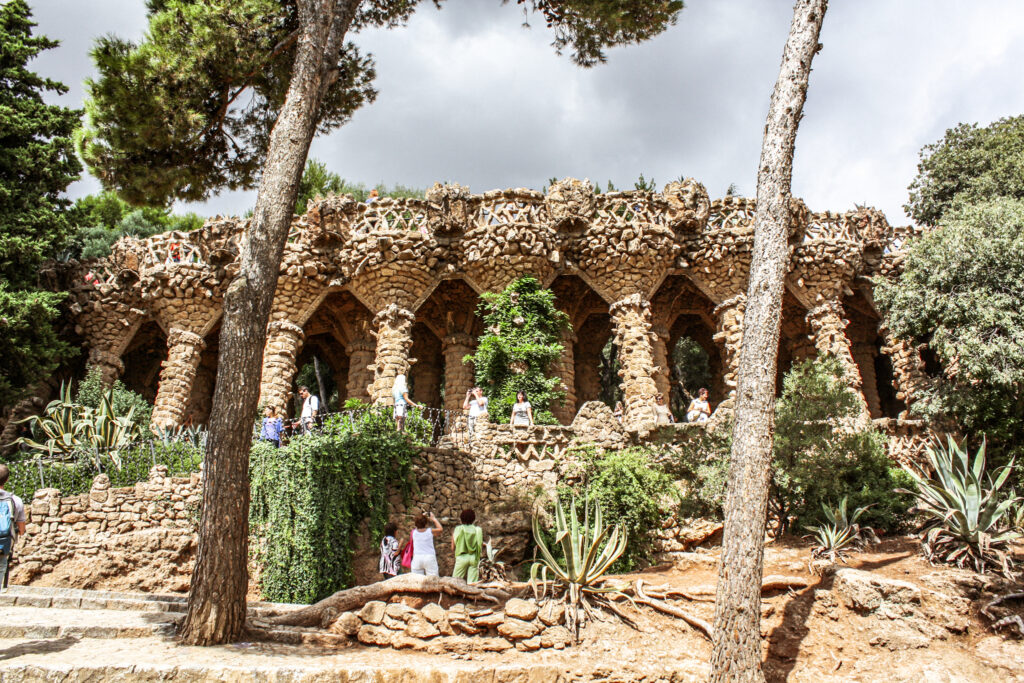
In The World’s Jungle – Travel Blog
Interested in other articles about European architecture? Start with the Beginners Guide to Architecture. Or admire the monumental highlights in Antwerp and the monuments of the city of lights, Paris.
You may like other articles about European destinations. Check out the idyllic island of Texel in the Netherlands. Go for a virtual picture tour in Stockholm and Barcelona or explore the Wieliczka Salt mines in Poland.
In The World’s Jungle – Personal Travel Guide
Interested to know more about In The World’s Jungle and the articles you can find here? Read more on the About page or get to know Adriana. I can help you planning your trip, find unique places to stay, set-up an itinerary and make other necessary arrangements. Feel free to contact me and let me know how I can help you. Check the Service page to learn more.
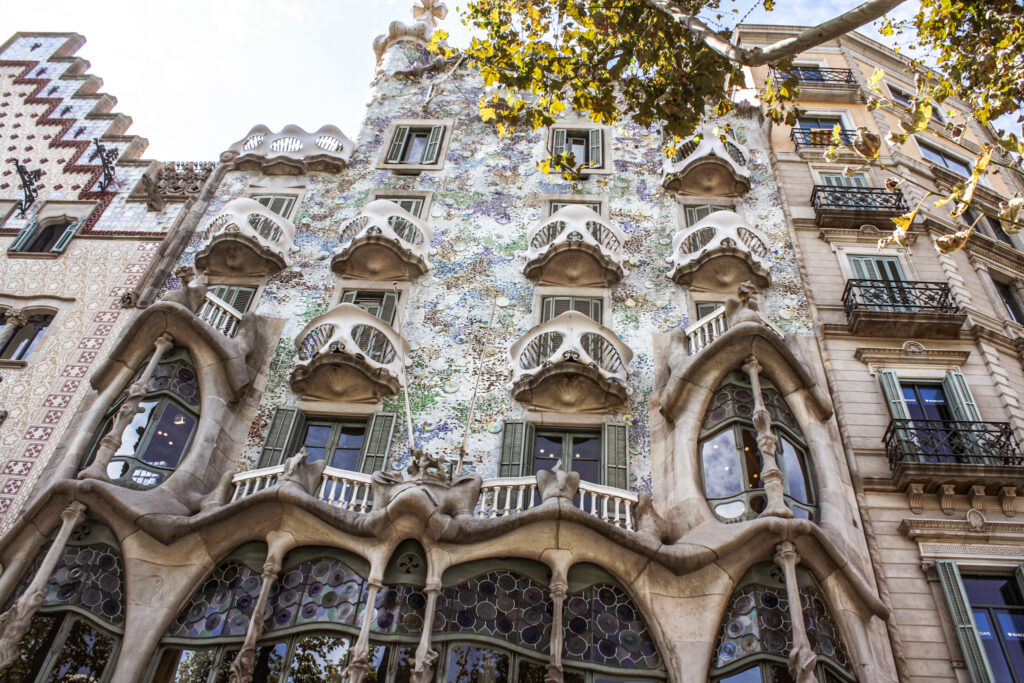
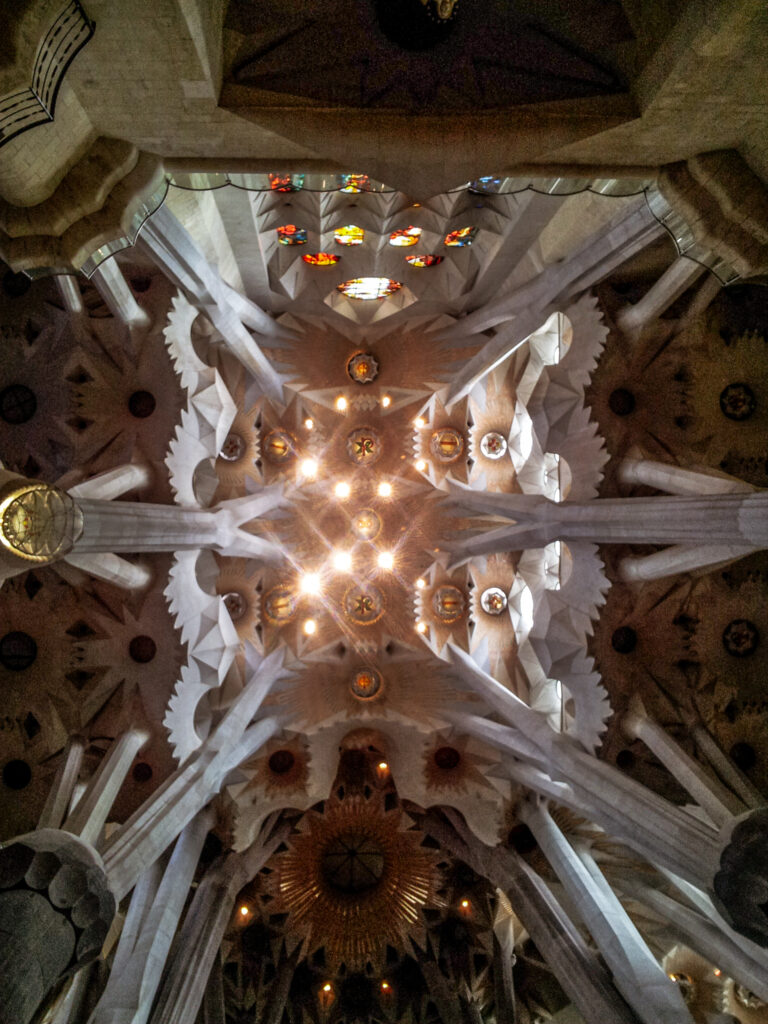
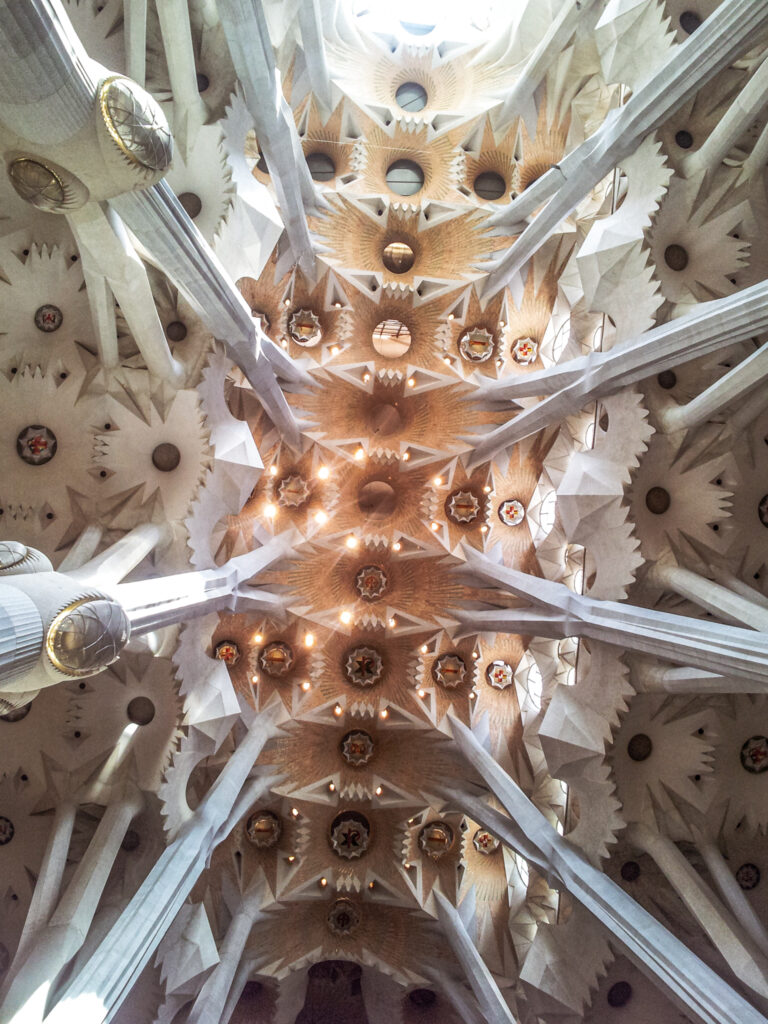

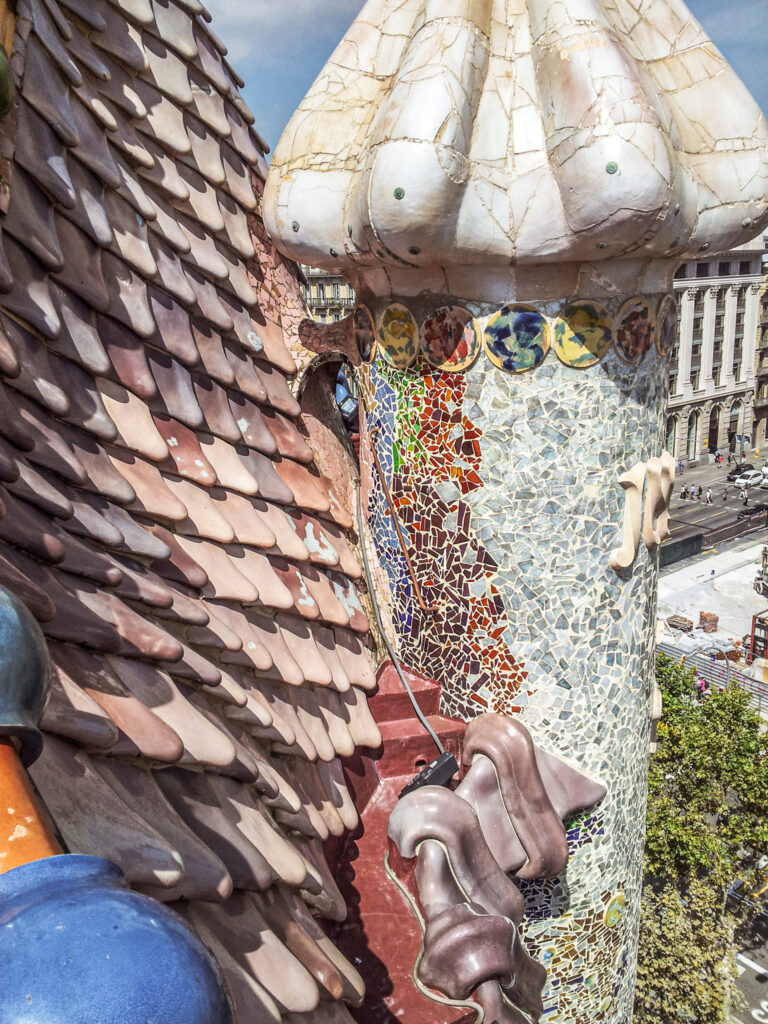
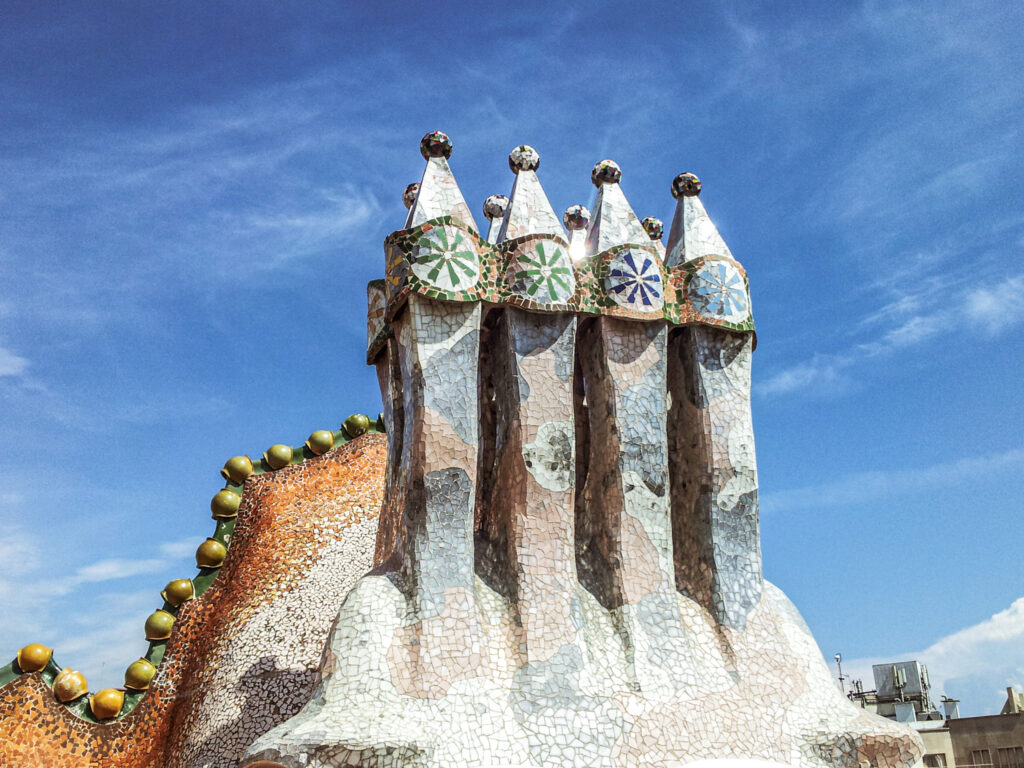
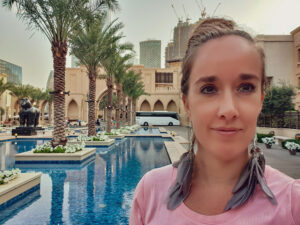

This Post Has 5 Comments
So interesting to read! A couple of summers ago, I did the walking tour between all of Gaudi’s buildings, and remembered them well. Sadly, the Sagrada Familia was undergoing construction so was partially boarded but it makes for impressive architecture
Hola,
The Sagrada Familia is been under construction for several decades now. But still an amazing building.
Thank you.
Adriana
So beautiful! I went to Barcelona for the first time last year and the architecture was truly breathtaking
Hola Kalin,
I love Barcelona. Hope to visit again soon.
Adriana
This is just so beautiful, I want to be back.
Thanks for this historic insight..